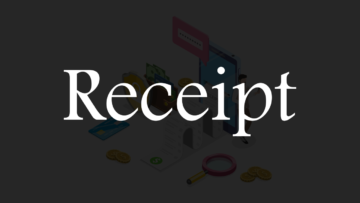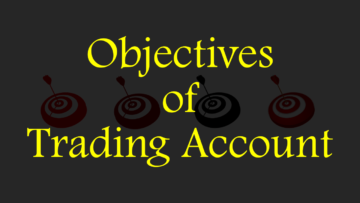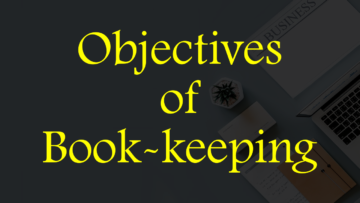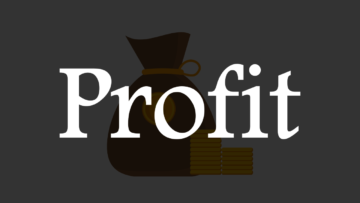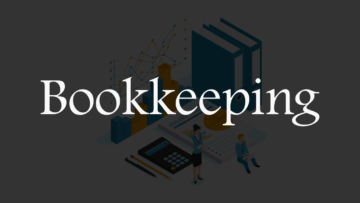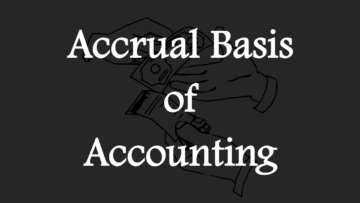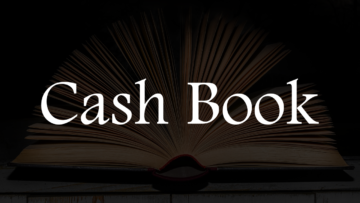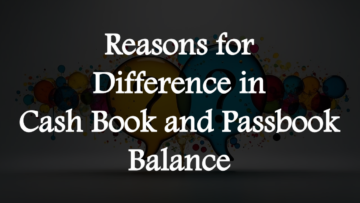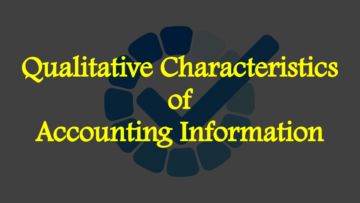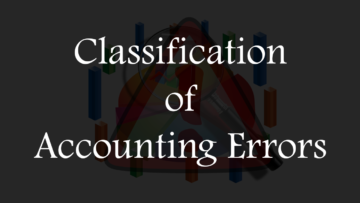We often keep hearing about cheque (checks) because it is used everywhere, and it is easy to use and carry from one place to another. When we open a bank account or go to the bank, we are often asked about the cheque book. Sometimes we also receive calls, messages, emails etc. from them. With the help of cheque, we can make payment to someone if they accept it.
When we make payment, we have various methods to make payment like cash, online, cheque, etc., which method to use to make payment completely depends on the payer, receiver and the nature of the transaction. A decade ago, cheque was used more but due to increase in online payments, the use of cheque is decreasing.

Table of Contents
What is a Cheque?
Meaning of Cheque
Cheque is an instrument/document issued by the bank to its customers, with the help of which the customers can manage their bank balance, like transfers, deposits, withdrawals, etc. Transfers and deposits are only possible if another account is involved. Every cheque has a unique identification number which helps in managing the cheque systematically.
The one who issues the check with signature is called the drawer and the bank from which the check is drawn is called the drawee and the one whose name is written in the check or to whom payment is to be made is called the payee.
No cheque is valid unless it is signed by the account holder. Only when the cheque is signed can it be used for transactions. Once a cheque is dated, it is valid only for three months, earlier it was six months. Not clearing a cheque after issuing it is a punishable offense. Its punishment can be different in different countries.
Definition of Cheque
According to Section 6 of the Negotiable Instruments Act, 1881 – A “cheque” is a bill of exchange drawn on a specified banker and not expressed to be payable otherwise than on demand and it includes the electronic image of a truncated cheque and a cheque in the electronic form.”
According to the Cambridge Dictionary – “Cheque is a printed form that you can write an amount of money on and sign in order to make a payment from your bank account.”
According to Wikipedia – “A cheque or check is a document that orders a bank (or credit union) to pay a specific amount of money from a person’s account to the person in whose name the cheque has been issued.”
According to HDFC Bank – “A cheque is a document you can issue to your bank, directing it to pay the specified sum mentioned in digits as well as words to the person whose name is borne on the cheque.”
Features of Cheque
Following are the features of cheque:
1. Instrument:
Cheque is an instrument used to give orders to a bank. Whatever is written in this instrument, the bank has to accept it, if all the conditions are fulfilled, like the cheque should be filled in properly, the account from which it is issued should be active, the balance in the account Must be there, must have correct signatures, etc.
2. MICR:
MICR stands for Magnetic Ink Character Recognition and is a technology used by banks and other institutions for cheque and documents. Its main function is to verify the originality of documents.
3. Unique Number:
Every check has a unique number with the help of which the check is managed. When a bank issues a cheque, it assigns a unique check number series to each customer. The bank has all the information about Which check number is with whom.
4. Written:
The cheque is always in written format as it is valid only when it is in written format. Permanent ink is always used in cheque so that it can be prevented from being misused.
5. Monetary:
Cheque is a monetary instrument because it is related to monetary. It can be used only when monetary transactions are done like transferring money from bank, withdrawing money, paying someone, etc.
6. Signature:
A cheque is valid only if it is signed. Whoever wants to issue a cheque for a transaction must sign the cheque because unless the account holder signs it, it will not be valid for the transaction. The signature on the cheque should be the same as that given by the account holder in the bank, otherwise, the cheque will be dishonored due to which the cheque issuer may have to pay damages (fine).
7. Universal Concept:
Cheque is a universal concept because cheques are used everywhere. Most banks issue cheques to their customers. Due to increasing online channels, the use of cheque and the need for cheque is decreasing.
8. No Changes:
Once a cheque is issued, no changes are allowed in it. If any changes are to be made in this, a new cheque will have to be used. Incorrectly filled-out cheques or used mutilated words are not accepted by the Bank.
9. Easy to Use:
The cheque is very easy to use as it has a pre-made format, we just have to fill in some blanks, like party name, date, amount, signature, etc. It is also easy to manage as each check has a unique number using which it can be managed.
10. Easy to Carry:
It is easy to carry a cheque from one place to another as it is very small and light. We cannot move cash from one place to another as much as we can move it from one place to another with the help of cheque.
Read Also:
QNA/FAQ
Q1. What is a Cheque?
Ans: Cheque is an instrument/document issued by the bank to its customers, with the help of which the customers can manage their bank balance, like transfers, deposits, withdrawals, etc.
Q2. Who is the drawer?
Ans: The one who issues the check with signature is called the drawer.
Q3. Who is the drawee?
Ans: The bank from which the check is drawn is called the drawee.
Q4. Who is the payee?
the one whose name is written in the check or to whom payment is to be made is called the payee.
Q5. Write the features of cheque.
Ans: Following are the features of cheque:
1. Cheque is an instrument.
2. In cheque, MICR technology is used.
3. Every cheque has a unique number.
4. Check is always in writing.
5. Cheque is a monetary instrument.
6. Signature on the cheque is mandatory.
7. Cheque is a universal concept.
8. In cheque, changes are not permitted.
9. Cheque is easy to use.
10. It is easy to carry cheques from one place to another.


